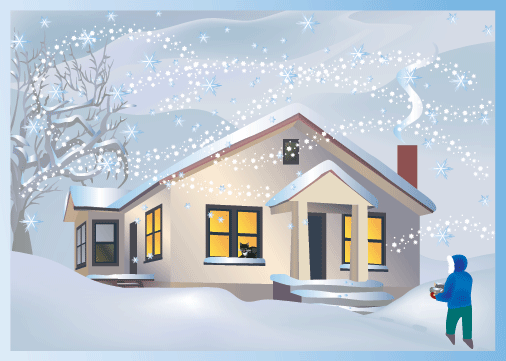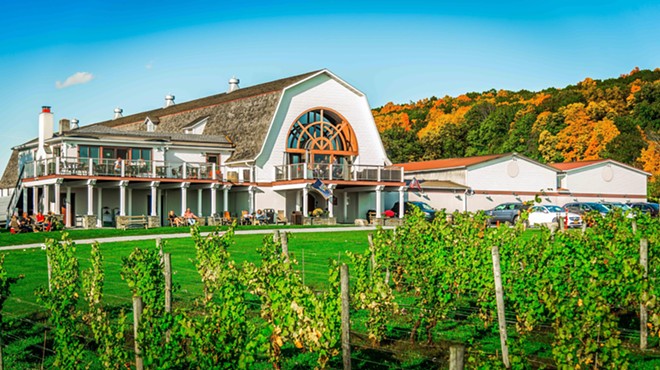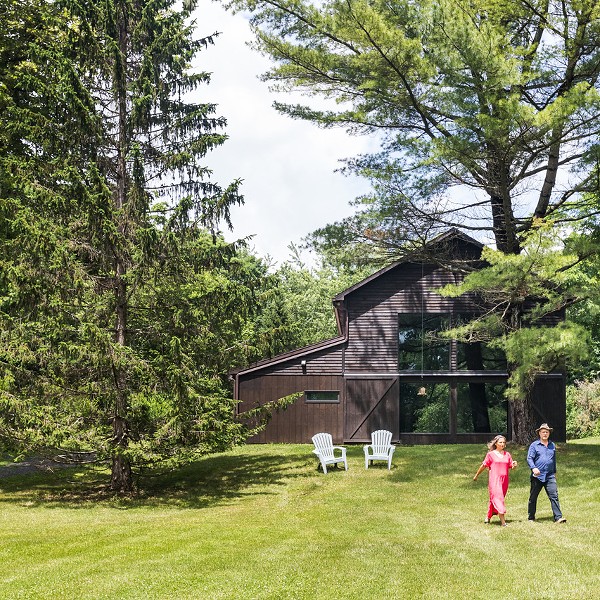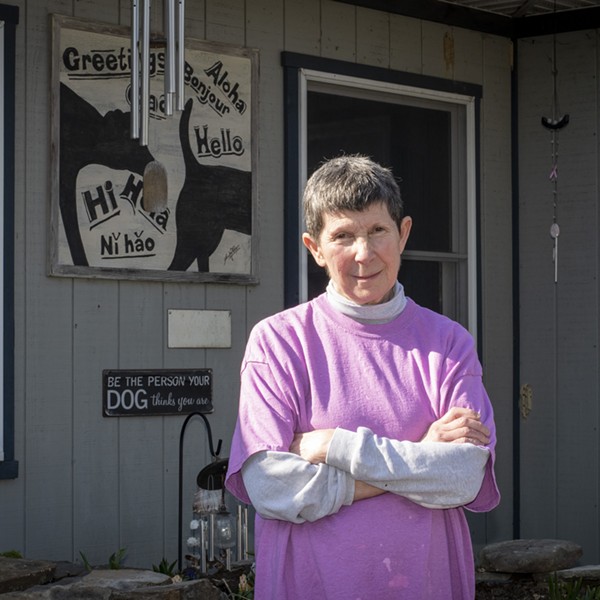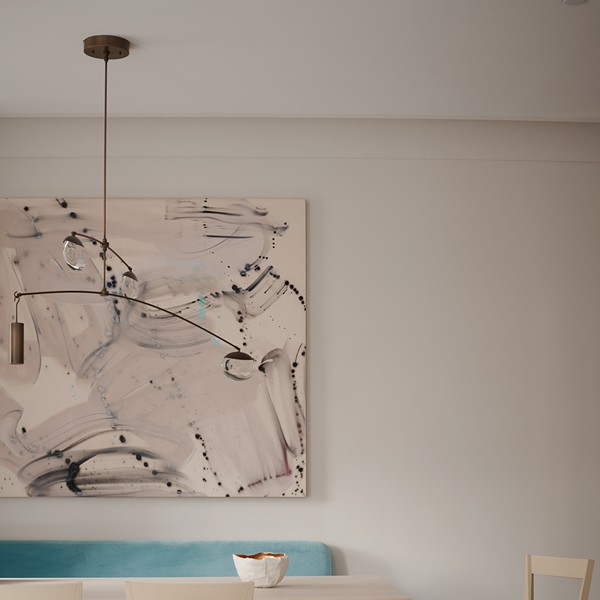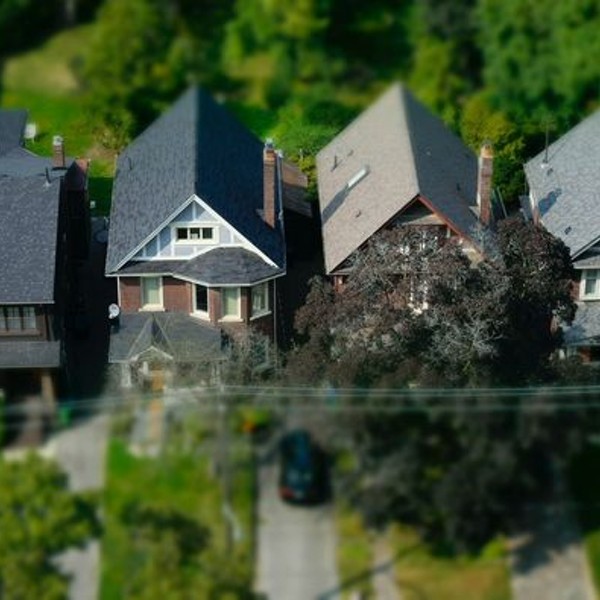The Question: How best to “winterize” your home?
[]
As the mercury begins to dive, we are faced with this recurring seasonal issue: what to do about that phantom Arctic draft that seems to perennially defeat the cozy winter warmth of our homes? Though the most direct response is, of course, to crank up the thermostat a few notches, that solution comes with consequences. No matter your fuel of choice—be it propane, electricity, oil, or even good-old wood—the costs are increasingly prohibitive. And, in most cases, a few extra degrees worth not only contributes to financial woes, but to environmental detriment on a much grander scale. So what to do besides reach for an extra sweater and wait for spring? Thankfully, there are an array of practical options.
That extra degree on the thermostat can be more significant than one might think, says Central Hudson’s Media Relations Director, John Maserjian. “Turning down just one degree can save up to three percent on fuel and heating costs,” Maserjian asserts. And that is just the first of many helpful suggestions that Maserjian and Central Hudson have to offer—many of which come at little or no cost to the homeowner. Foremost among them is an ongoing program presented in conjunction with NYSERDA, New York State’s Energy and Research Development Authority: State-approved contractors will conduct an onsite energy audit and assess where the gaps are in your home’s heating “envelope.” Up to $600 in rebates are available, directly through Central Hudson, for necessary home sealing work; and, if that isn’t enough to pique your interest, Central Hudson estimates an additional $400-600 in annual savings as a result. Additionally, there are a host of low cost, quick-fix possibilities that can make a palpable difference. Properly caulked window and doorframes exemplify the old adage “an ounce of prevention can be worth a pound of cure,” and installing energy-saving insulation gaskets behind light switches and electrical outlet plates will reduce heat loss along outside walls. Making sure that fireplace or woodstove flues are completely closed when not in use, and the installation of even the most basic of fireplace doors, can prevent precious warm air from escaping up the chimney. Finally, Central Hudson recommends sufficient insulation, primarily in attic spaces. New York State Energy Code suggests 10 to 12 inches of standard fiberglass insulation batts in attics for maximum efficiency. (For more information, visit Central Hudson’s dedicated site, www.savingscentral.com.)
A bit more up-front investment, particularly in insulating your home, can not only pay big dividends in the long-term; “green” contractors in the Hudson Valley offer choices that can reduce your environmental impact, as well. Among them are New Paltz’s William Wallace Construction (www.williamwallaceconstruction.com), who can furnish your home with a much more complete “envelope” with newly-developed blown-in cellulose insulation. “Not only is natural,” says Wallace, contrasting with the highly toxic spray-foam insulation that has been popularly used, “it’s actually less expensive.” Cellulose insulation is, in fact, made from 85-percent recycled paper, and a $1,500 federal tax credit is available to offset the costs of installation. Stay warm this winter!







